- - Can You Get LASIK Twice?
- - When Do Patients Need LASIK Enhancement?
- - Who is Eligible for LASIK Enhancement?
- - Who Is Not Eligible for LASIK Enhancement?
- - How a LASIK Enhancement Is Performed
- - What to Expect After LASIK Enhancement?
- - Is LASIK Enhancement More Risky Than the First LASIK?
- - FAQs About Can You Get LASIK Twice
Can You Get LASIK Twice? LASIK eye surgery is a life-changing procedure that many people dream of. LASIK vision correction is considered long-lasting, sometimes lifelong, but that is not guaranteed. So, what should you do if your results are not satisfactory or your eyesight changes years later? The good news is that a second LASIK surgery, known as a LASIK enhancement procedure, can safely restore clarity.
Discover with Turkey Luxury Clinics when a second LASIK might be needed, who are qualified to do LASIK enhancement, and who shouldn't, and how safe and effective a LASIK enhancement can be
Can You Get LASIK Twice?
Yes, you can get LASIK twice, and it is generally safe. A second procedure, called a LASIK enhancement or retreatment, helps restore vision that has changed after the initial surgery. Eligibility depends on factors such as your eye health, remaining corneal thickness, and the reason for the vision change. Your ophthalmologist will confirm this using a test called corneal pachymetry before approving the enhancement.
Most LASIK patients (about 95%) do not need a second procedure. Around 1–2% may require a touch-up within the first year, while roughly 5% might need LASIK enhancement several years later due to changes in vision or age-related factors.
Unlike the first surgery, a LASIK enhancement does not redo the entire procedure. Instead, the surgeon lifts the original corneal flap and makes additional laser adjustments to fine-tune your vision. It is commonly used to correct residual refractive errors or age-related changes, essentially serving as a “touch-up” to achieve clearer vision.
When Do Patients Need LASIK Enhancement?
Patients may need a second LASIK procedure if their vision is still blurry months after the first surgery or if their vision changes years later due to age-related issues like presbyopia. Common reasons include:
1. Unsatisfactory Initial Results
If vision stays blurry, under-corrected, or not as clear as expected after LASIK, a second procedure may be necessary.
It’s important to wait 3 to 6 months for your vision to stabilize and for the full results of the first surgery to appear. If vision is still not as expected after this period, consult your doctor to determine the cause and discuss whether a second LASIK is appropriate.
2. Vision Changes Due to Aging
Over time, natural age-related changes, such as presbyopia (near vision difficulty usually starting around age 45), can affect vision and may require LASIK enhancement for vision correction or additional corrective procedures.
3. Regression of vision
Vision regression occurs when your eyesight gradually drifts back toward the level it was before LASIK surgery. For example, if you were nearsighted and had LASIK to correct it, your vision may slowly return toward nearsightedness over time.
This can happen due to factors such as the natural healing response of the eye, age-related changes, or pre-existing conditions.
Regression is usually mild and develops gradually. However, if it begins to affect daily life, a LASIK enhancement (second procedure) may be recommended, provided you meet the eligibility criteria.
4. Residual Refractive Error
Sometimes the first LASIK surgery does not fully correct the original vision problem, leaving a small amount of nearsightedness, farsightedness, or astigmatism. This can happen due to inaccurate pre-operative measurements, minor surgical variations, or factors like corneal astigmatism.
A LASIK enhancement (second procedure) is usually performed at least three months after the first surgery to allow the cornea to heal and stabilize.
Who is Eligible for LASIK Enhancement?
A LASIK enhancement is not suitable for everyone. An eye surgeon will perform detailed tests to ensure your cornea is thick enough and healthy enough for a second procedure.
People are eligible for LASIK enhancement if they have sufficient corneal thickness, and stable vision, with good overall eye health without active eye diseases or conditions that would affect healing
Eligibility Criteria for a Second LASIK Procedure
- Stable Vision: Your eyeglass or contact lens prescription should not have changed significantly for at least one year. This ensures that your eyes have stabilized before considering a second procedure.
- Sufficient Corneal Thickness: To qualify for a second LASIK procedure, your cornea must be thick enough to be safely reshaped again without risking weakening or long-term complications like ectasia.
Most surgeons require a minimum corneal thickness of around 420–450 microns, ensuring that a minimum of 250 microns must remain after the procedure.
- Good Overall and Eye Health: You should be free from conditions that could interfere with healing, such as certain autoimmune diseases, active eye infections, or severe dry eye. Healthy eyes are crucial for a successful enhancement.
- Age Requirement: Patients should be at least 18 years old, as younger eyes may still be changing and may not have reached a stable prescription.
- Prescription Within Acceptable Range: Your prescription should fall within the limits deemed safe for LASIK by your eye doctor. Extremely high prescriptions may not be suitable for enhancement.
Who Is Not Eligible for LASIK Enhancement?
Patients who do not match the eligibility criteria are absolutely not eligible. Also, a second LASIK enhancement surgery is generally not recommended in the following cases:
- Poor Healing After the First LASIK: If the cornea developed scarring, irregular healing, or flap-related issues after the initial procedure, performing another LASIK can increase the risk of further complications.
- Have Medical Conditions That Affect Healing: Diseases such as uncontrolled diabetes, autoimmune disorders, or significantly weakened immunity can interfere with proper corneal healing, making enhancement surgery unsafe.
- Existing or Newly Developed Eye Conditions: Conditions like severe dry eye, glaucoma, cataracts, keratoconus, or progressive corneal thinning (ectasia) can disqualify a patient from undergoing a second LASIK.
- Pregnant and Breastfeeding: Hormonal changes during this period can temporarily affect vision and tear film stability, so enhancement is typically postponed until hormones return to baseline.
How a LASIK Enhancement Is Performed
Repeated LASIK eye surgery can be done using techniques like traditional LASIK, Femto LASIK, LASEK, or SMILE. The choice depends on your cornea’s thickness and the type of vision correction needed.
If the cornea is thick enough, the surgeon lifts the original flap from the first LASIK and uses a laser to reshape the cornea for clearer vision. This is a quick, outpatient procedure usually taking 10–20 minutes per eye, with minimal discomfort.
If the cornea is too thin, the surgeon may choose a surface-based procedure like PRK, which reshapes the cornea from the surface without lifting a flap. This method requires longer healing but is safer for thinner corneas.
What to Expect After LASIK Enhancement?
After the secondary LASIK eye surgery, you can expect a recovery period similar to the first, with a higher risk of temporary side effects such as eye soreness, dryness, burning, or increased light sensitivity.
Your vision improves instantly or gradually, and it’s normal to experience some fluctuations for several weeks as your eyes continue to heal. Full visual stability usually takes around 3–6 months.
On Reddit, many patients who had LASIK enhancement after 10 or even 20 years mention that the recovery experience felt almost identical to the first procedure, including short-term dryness, mild sensitivity to light, and temporary blurriness. Most report excellent results as long as their cornea remained healthy and thick enough for another correction.
Is LASIK Enhancement More Risky Than the First LASIK?
Yes, a second LASIK eye surgery is generally riskier compared to the first one. This is because every time the cornea is reshaped, a small amount of tissue is removed, making it thinner and potentially weaker. A thinner cornea increases the chances of complications such as corneal ectasia (corneal bulging), worsening dry eye symptoms, or visual distortions like glare or halos.
A second LASIK can be safe only when the patient is still a suitable candidate and the cornea has enough healthy tissue left. Surgeons also review any new eye conditions that may affect healing. Choosing an experienced ophthalmologist is essential because enhancement procedures require more precision than the first LASIK.
You may also like
Diabetic Retinopathy surgery in Turkey

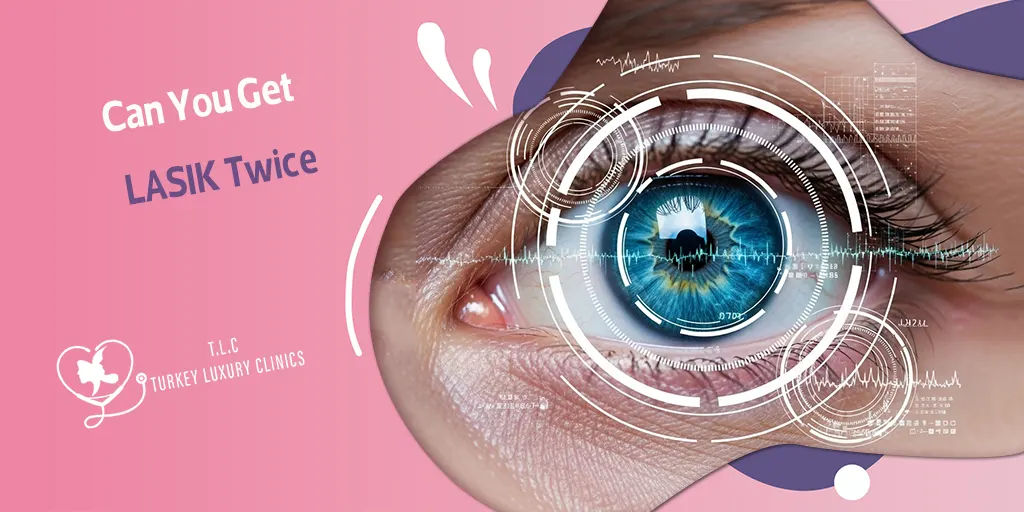

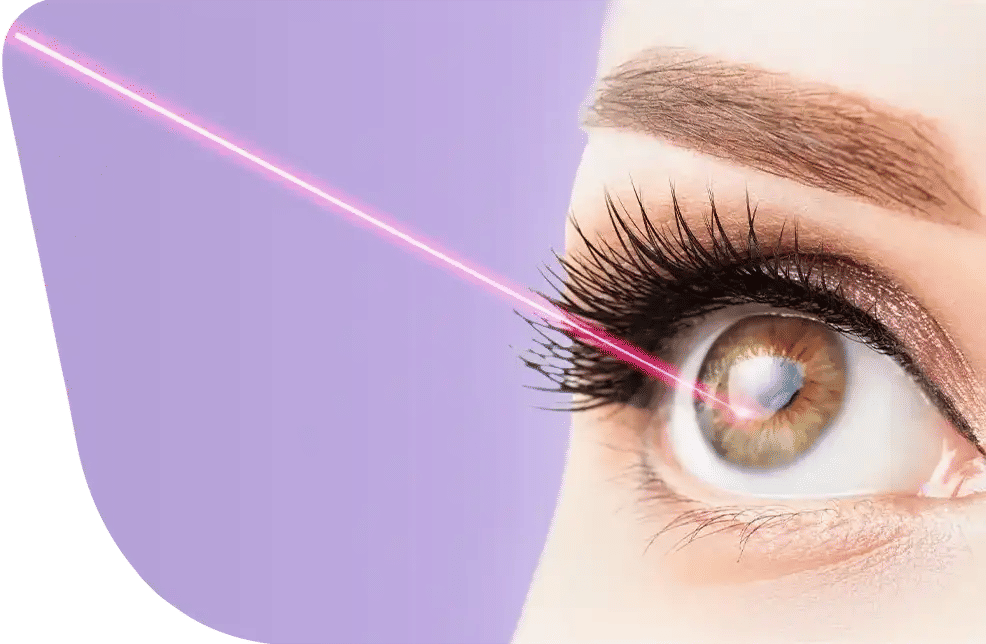
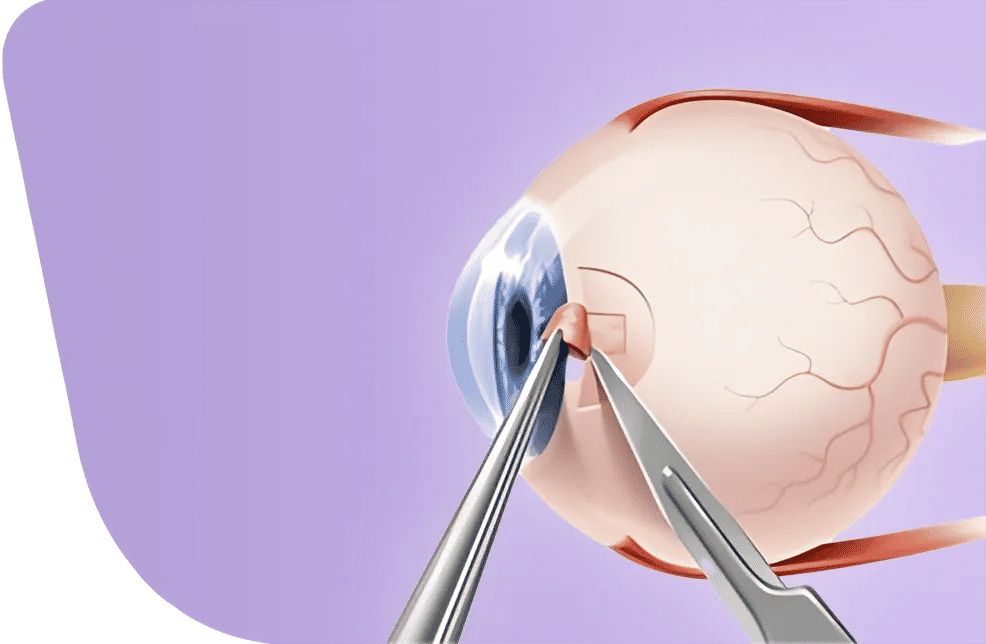
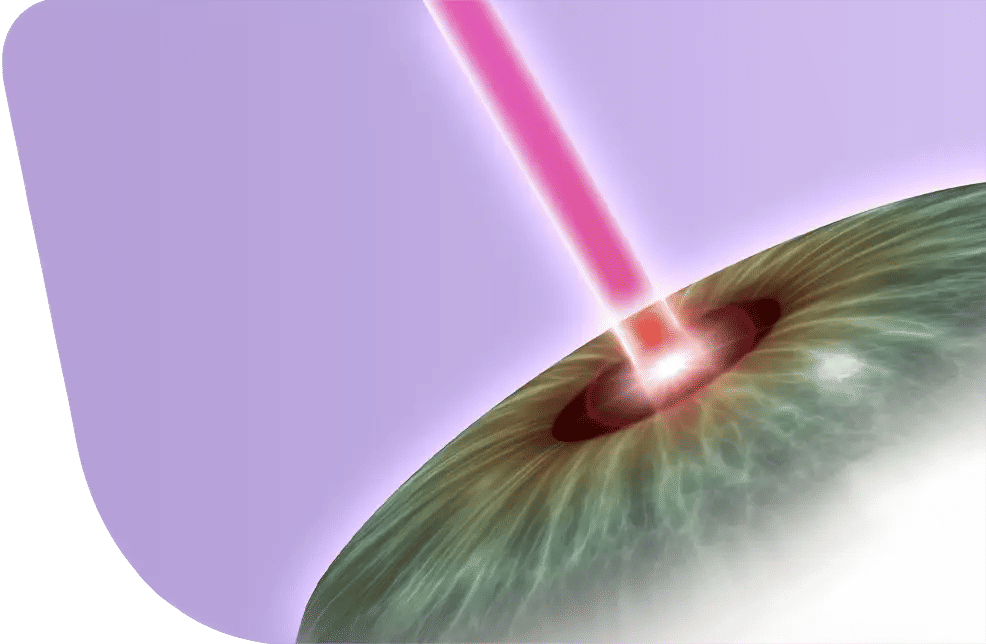



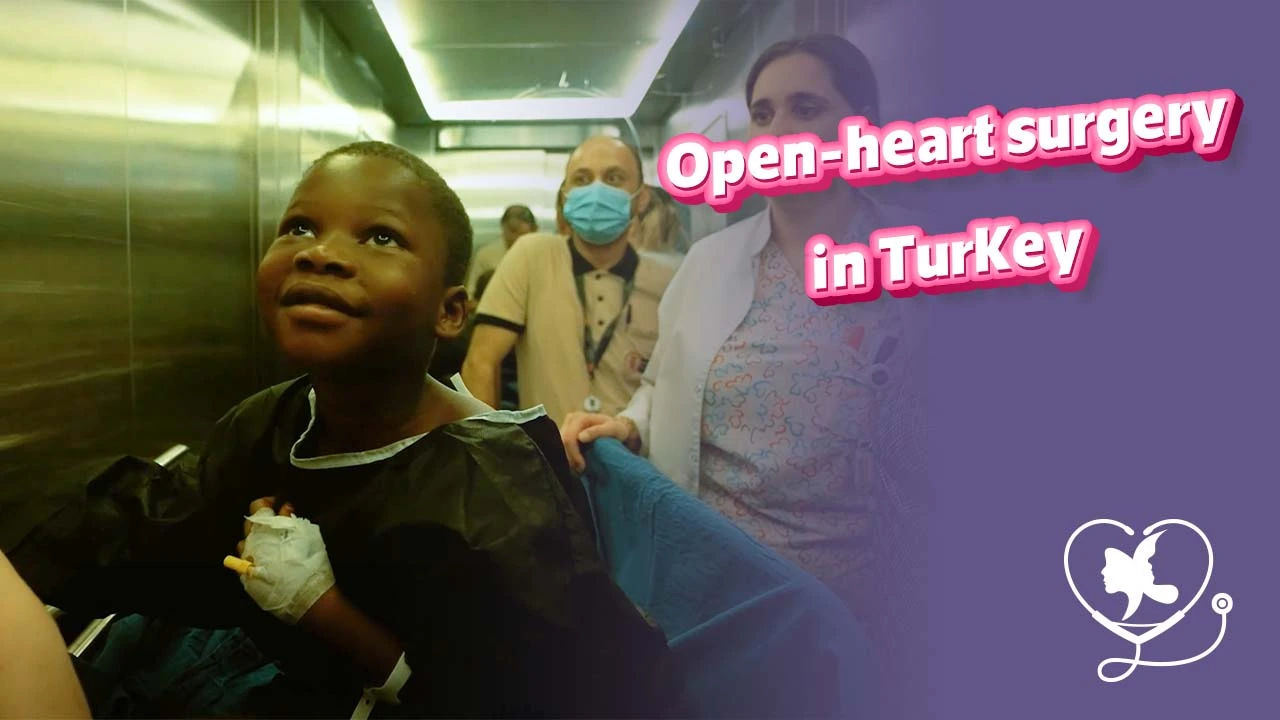


.webp)
.webp)
.webp)
.webp)

